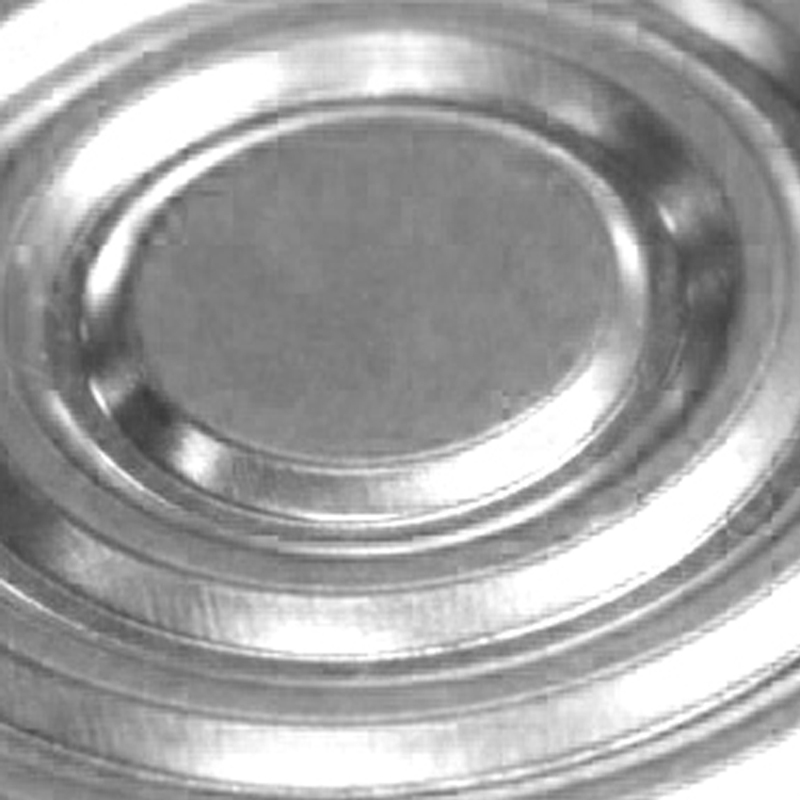
Dec . 04, 2024 00:10 Back to list
Diaphragm Seal Pressure Gauges for Enhanced Accuracy and Reliability in Various Applications
Understanding Pressure Gauges with Diaphragm Seals
Pressure measurement is a critical aspect of numerous industries, including oil and gas, pharmaceuticals, and food processing. Among the various types of pressure measurement instruments, pressure gauges with diaphragm seals stand out for their unique design and functionality. These specialized instruments ensure accurate pressure readings while protecting sensitive components from harsh environments.
What is a Diaphragm Seal?
A diaphragm seal is a device that separates the pressure sensing element of a gauge from the process fluid. It consists of a flexible membrane (the diaphragm) that responds to pressure changes. When the pressure is applied to the seal, the diaphragm deforms, transmitting the pressure to the gauge's sensing element. This design prevents direct contact between the process fluid and the gauge, making it ideal for corrosive, viscous, or high-purity applications.
Why Use a Diaphragm Seal?
The primary advantage of using diaphragm seals with pressure gauges is their ability to isolate the measuring instrument from hostile environments. Here are some compelling reasons why industries prefer these gauges
1. Protection Against Corrosion In many industrial settings, pressure gauges are exposed to corrosive substances. Diaphragm seals prevent corrosive fluids from reaching the gauge's internal components, which can significantly extend the lifespan of the instrument.
2. Handling Viscous Fluids When dealing with viscous fluids, traditional pressure gauges may clog, leading to inaccurate readings or complete failure. Diaphragm seals allow for the measurement of such fluids without the risk of clogging since the diaphragm can flex and accommodate changes in fluid viscosity.
3. Maintaining Purity In pharmaceutical and food industries, contamination is a significant concern. Diaphragm seals ensure that the process fluid does not come into direct contact with the pressure sensing element, maintaining the integrity and purity of the product.
4. Temperature Resistance Many diaphragm seals can withstand extreme temperatures, allowing them to be used in high-temperature applications where traditional pressure gauges might fail.
5. Adaptability Diaphragm seals come in various materials and designs, allowing for customization based on specific application needs. Whether it’s a chemically aggressive medium, a high-viscosity fluid, or a high-temperature environment, diaphragm seals can be tailored to suit the application.
Key Components of Pressure Gauges with Diaphragm Seals
These gauges consist of several critical components that work together to provide accurate pressure readings
pressure gauges with diaphragm seals

- Diaphragm The pivotal element that flexes under pressure. It can be made from various materials such as stainless steel, PTFE, or other alloys, depending on the application.
- Seal Housing This component houses the diaphragm and connects to the process piping. It is typically constructed from durable materials to withstand the operational environment.
- Pressure Sensing Element This is the actual gauge that translates the diaphragm’s movement into a readable pressure measurement. Common sensing elements include Bourdon tubes or piezoresistive sensors.
- Filling Fluid To enhance the performance and responsiveness of the gauge, many diaphragm-sealed gauges are filled with a suitable liquid. This helps transmit pressure more effectively and protects the internal mechanisms from environmental stressors.
Applications of Diaphragm Sealed Pressure Gauges
Diaphragm-sealed pressure gauges are used across various sectors, including
- Oil and Gas For measuring pressures in pipelines and storage tanks where corrosive gases and liquids are present.
- Pharmaceuticals Maintaining sterile conditions is vital, making diaphragm seals essential for pressure measurement in processes involving sensitive substances.
- Food and Beverage Ensuring that pressure measurements do not contaminate food products while allowing for accurate monitoring of processes.
- Chemical Processing Handling aggressive chemicals and extreme environments where traditional gauges would fail.
Conclusion
Pressure gauges with diaphragm seals are invaluable tools in modern industrial applications. Their ability to provide accurate pressure measurements while isolating the instrument from the process environment helps industries maintain safety, efficiency, and product integrity. Investing in high-quality diaphragm-sealed pressure gauges can lead to improved operational reliability and longevity, making them a preferred choice for many demanding applications. As industries continue to evolve, the importance of such instruments will only grow, ensuring precise and reliable pressure measurement across various processes.
-
High-Precision Mass Diaphragm Pressure Gauge - Reliable & Durable Solutions
NewsJun.10,2025
-
Explain Diaphragm Pressure Gauge Expert Guide, Top Manufacturers & Quotes
NewsJun.10,2025
-
Affordable Differential Pressure Gauge Prices in China Top Manufacturers
NewsJun.10,2025
-
Reliable Water Fire Extinguisher Pressure Gauges for Safety
NewsJun.10,2025
-
Durable Diaphragm Protection Pressure Gauges Get Quote
NewsJun.09,2025
-
WIKA Differential Pressure Gauge with Switch Reliable Monitoring & Control
NewsJun.09,2025
